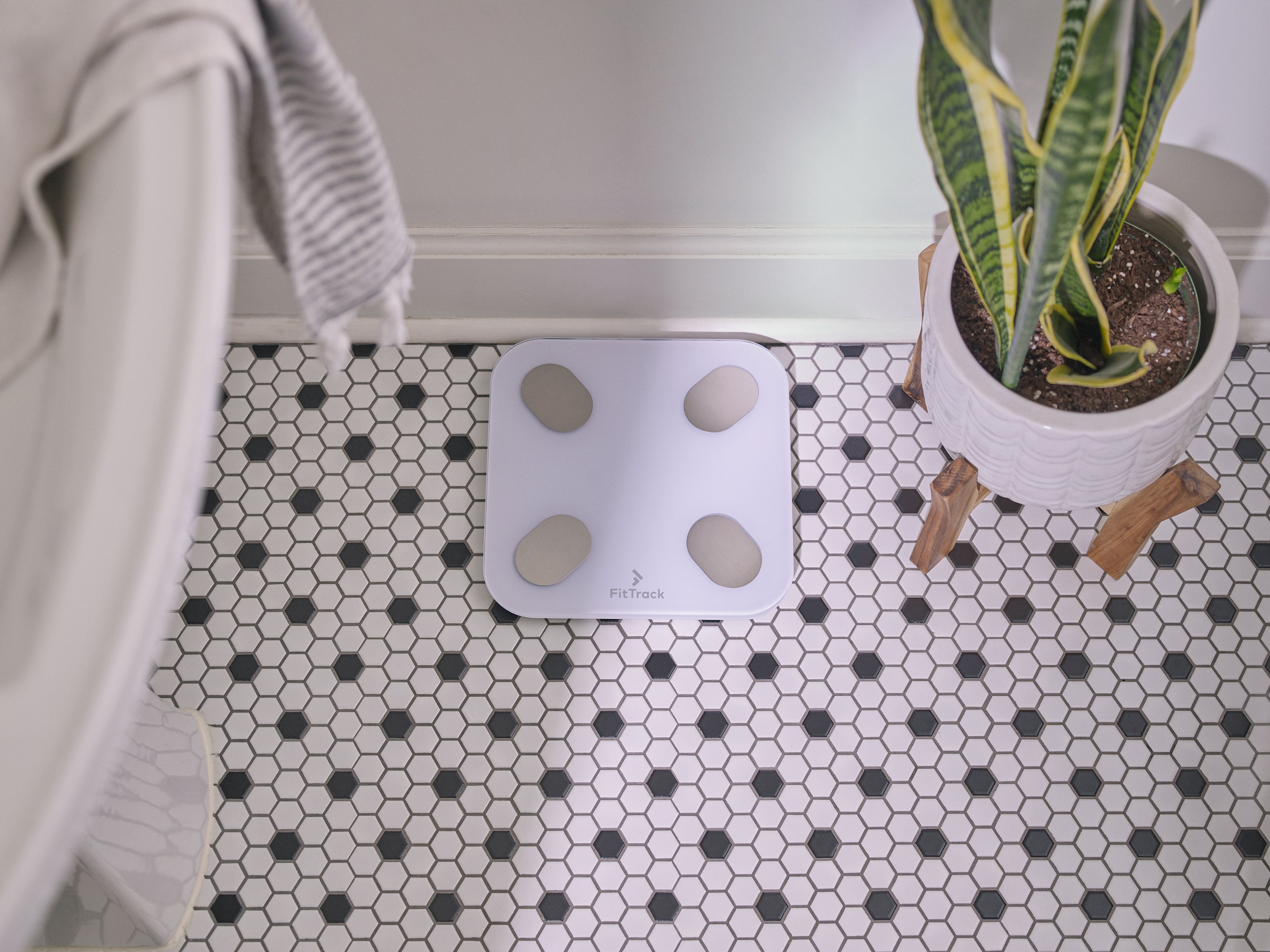The idea behind eating clean is focusing on the healthiest foods in each category.
That means fresh vegetables and fruits, healthy proteins and fats, and whole grains. These foods deliver the most vitamins, minerals, antioxidants, phytonutrients, and other unique compounds to help optimize your health.
When it comes to the carbohydrates in your diet, stick to healthy ones. That means whole grains over refined grains and sugar. This also means fresh and in-season fruits and vegetables when possible and healthy legumes, like lentils.
Knowing how to distinguish between “good” nutritious carbs and “bad” carbs is as simple as learning the difference between empty carbs and “whole” carbs. If you are serious about clean eating you need to be serious about the carbs you eat.
Choosing the right ones and avoiding the bad ones makes a BIG difference.
Use these tips to help you choose and shop for clean-eating carbohydrates.
WHAT IS A "GOOD" CARB?
APPLES
Eating apples with the skin on means you are getting a food rich in vitamins, minerals, fiber, and polyphenols, not just a dose of simple sugars. Make sure to buy these organic when possible if you are eating the skin, as apples are one of the most sprayed fruits on the market when grown conventionally!
They have been linked to lowered risks towards heart disease, diabetes, brain ailments, and have even been shown to be helpful when looking to lose weight. The sheer volume of an apple and its fiber content is great when compared to the minuscule 52 calories per 100 grams.
QUINOA
Quinoa is a nutritious seed that has become incredibly popular in the natural health community.
Cooked quinoa is 21.3% carbs, making it a high-carb food. However, it is also a good source of protein and fiber and the carbohydrate content is essentially all complex carbs that deliver a smaller insulin response than sugars.
It does not contain any gluten, making it a popular alternative to wheat for those on a gluten-free diet, is also very filling since it is relatively high in fiber and protein. For this reason, it may aid in weight loss. They are also a good replacement for brown rice, which is much higher in antinutrients that can lock up vitamins and minerals and stop them from being absorbed in the body.
OATS
Oats may be the healthiest whole grain food on the planet.
Raw oats contain 66% carbs, nearly 11% of which is fiber. They are particularly high in a powerful soluble fiber called oat beta-glucan.
Research suggests that oats may reduce the risk of heart disease by lowering cholesterol levels and may help you lose weight.
BUCKWHEAT
Buckwheat is very nutritious, containing both protein and fiber. It also has more minerals and antioxidants than most grains. It's particularly high in Magnesium.
Additionally, it may be particularly beneficial for heart health and blood sugar control, especially in people with diabetes.
BANANAS
Bananas are a great source of vitamins, minerals, and antioxidants. Everyone knows that they are one of the better sources of potassium available, an electrolyte that a huge chunk of our population is deficient in.
One interesting thing about bananas is that the ripeness, when eaten, will affect how healthy they are for you.
Bananas that are more green than yellow on the peel will feature resistant starches that act as prebiotics to improve your gut health and bacteria population. Wait until the peels are yellow and darkening and those helpful starches turn into pure sugar, which isn't as useful.
Prebiotic starches will have far less impact on blood glucose and be healthier in the long run.
BEETROOT
If your clean eating journey also includes regular exercise, beets should be a staple of your diet. They are high in nitrates, which have been mislabeled as unhealthy when they are added to "Frankenfoods" like hot dogs and lunch meats.
Nitrates can improve exercise performance, increase blood flow, and lower blood pressure. Beetroot powder is in many leading performance supplements for these exact reasons!
Rich in vitamins, minerals, and fiber, don't just reach for beetroot juice. try these in their natural form to reap the most benefit.
BLUEBERRIES
Studies have shown that blueberries safeguard your body from oxidative damage. They may also improve memory in older adults.
Berries, in general, contain more fiber and less sugar on a gram-for-gram basis when compared to many other fruits. That, and their high antioxidant and polyphenol content make them favorites in the clean eating world.
CARROTS
Beta Carotene and fiber are the main health benefits of carrots. Sure, it is also rich in other micronutrients, like Vitamin C. But, so are plenty of other foods. The research that shows improved eye health and a better chance of losing weight when consuming carrots regularly is where this root vegetable shines.
When choosing veggies for healthy eating, it is said that you should eat the rainbow for the many benefits across the color spectrum. Not many other veggies are orange!
CHICKPEAS
Chickpeas, and legumes in general, are rich in complex carbs, fiber, and protein. Fiber and protein work synergistically to keep you satiated for longer periods of time, meaning your ravenous appetite won't be derailing your weight loss progress.
It should be noted that legumes are typically high in antinutrients that lock up the majority of the vitamins and minerals present, meaning they don't get absorbed. Don't make legumes your main sources of micronutrients and try legumes that have antinutrients once in a while, like lentils.
ORANGES
Citrus may be the king of Vitamin C, but it has a multitude of other benefits as well. Oranges can fight free radicals, boost your immune system, help the collagen production process, and lower Cortisol.
It has a healthy amount of vitamins and minerals, including Calcium. They are also a good source of B Vitamins.
KIDNEY BEANS
Kidney beans are a great way to boost your fiber and protein intake. Fiber has been linked to reduced risks for heart disease, type 2 diabetes, and much more. Getting protein from legumes, like kidney and black beans, also means you won't need to consume as much from animal products that are much higher in cholesterol.
Back to the discussion of antinutrients, iron, calcium, and many other micronutrients will be largely unavailable when consumed with beans. In the midst of a balanced diet, this won't cause any deficiency issues though.
SWEET POTATOES
Sweet potatoes are a delicious, nutritious tuber. They are very rich in antioxidants and may help reduce oxidative damage, lowering the risk of several diseases. They are also not in the nightshade family of plants like a typical potato is. This makes them a viable alternative to those who suffer from nightshade sensitivities and allergies.
LOW GLYCEMIC INDEX
The Glycemic Index is a catalog of thousands of foods and their known reaction to blood sugar levels. Most healthy carbs are on the low end of the spectrum, but some can be high, like fruits. Scoring high on the Glycemic Index doesn't automatically make the food unhealthy, however.
Nutrient-dense foods that are fiber-rich offer good carbs automatically. All carbohydrates turn into sugar in the body, so a high glycemic food full of simple carbs can still be good for you! Everything should be taken in the context of the diet as a whole!
THE IMPORTANCE OF HIGH-FIBER CARBS
Fiber has been linked to a myriad of health improvements. That's why it's no surprise that healthy foods are usually high in fiber. Fruits, vegetables, legumes, and whole grains are all rich in fiber.
Fiber aids in digestion and can lower cholesterol levels. Even starchy foods high in fiber can ward off weight gain when combined with a calorie-controlled meal plan.
WHAT RATIO OF CARBS IS IDEAL FOR WEIGHT LOSS?
"Don't major in the minors" is a popular quote and is applicable to this question. Macronutrient ratios aren't as important as many in the diet industry have made it seem. Research shows that calorie intake is the most important factor for weight loss. After that, you need to ensure you get ample amounts of protein. The rest of the calories can be split between carbs and fats as you please.
Plenty of research has compared diets high in carbs versus high in fats with calories and protein equated and found weight loss almost identical. You can follow a low carb or high carb diet for weight loss, as long as you stick with healthy sources of carbs.
For reference, the USDA recommends 45-55% of your diet comes from carbs. You can try that out and see how you like it. Those who need professional help can seek a Registered Dietitian for an individualized approach.
What About These Evil Carbohydrates?
BREAD...?
Even bread that doesn't taste sweet or salty can have surprising amounts of added sugars and salt. Check the labels and choose brands that contain no more than 200 mg of sodium per slice and have no sugars in the ingredient list. In-store bakeries aren't necessarily any better than packaged brands-check those ingredients and labels too. A label that says whole-wheat bread doesn't automatically mean it's healthy.
PASTA...?
Whole-wheat pasta is rich in good-for-practically-everything fiber. But don't confuse it with enriched wheat-flour pasta, which is made from refined wheat flour that's been stripped of the nutritious bran and germ but had vitamins and minerals added back. Look for "whole-grain flour" as the first ingredient.
It is a myth that carbs are unhealthy. Refined sugar, sweet breakfast cereal, sweeteners, corn syrup, and most processed foods aren't healthy. But, that doesn't mean we should demonize carbohydrates and solely blame them for obesity.
The truth is that some of the world's healthiest foods are high in carbohydrates.
Although they should not be eaten in large amounts if you're on a low-carb diet, carbs can be important nutrient sources and can contribute much to your health and wellness.
While refined carbs may be unhealthy in high amounts, whole food sources of carbs are very healthy.







